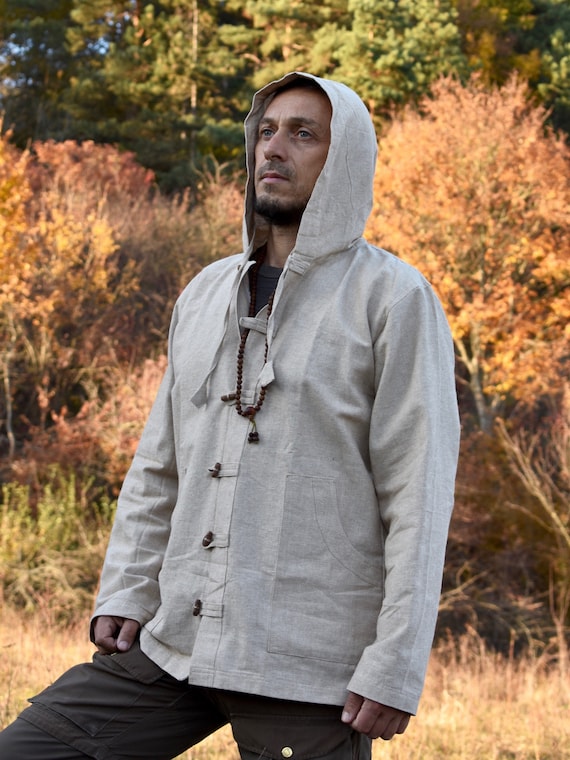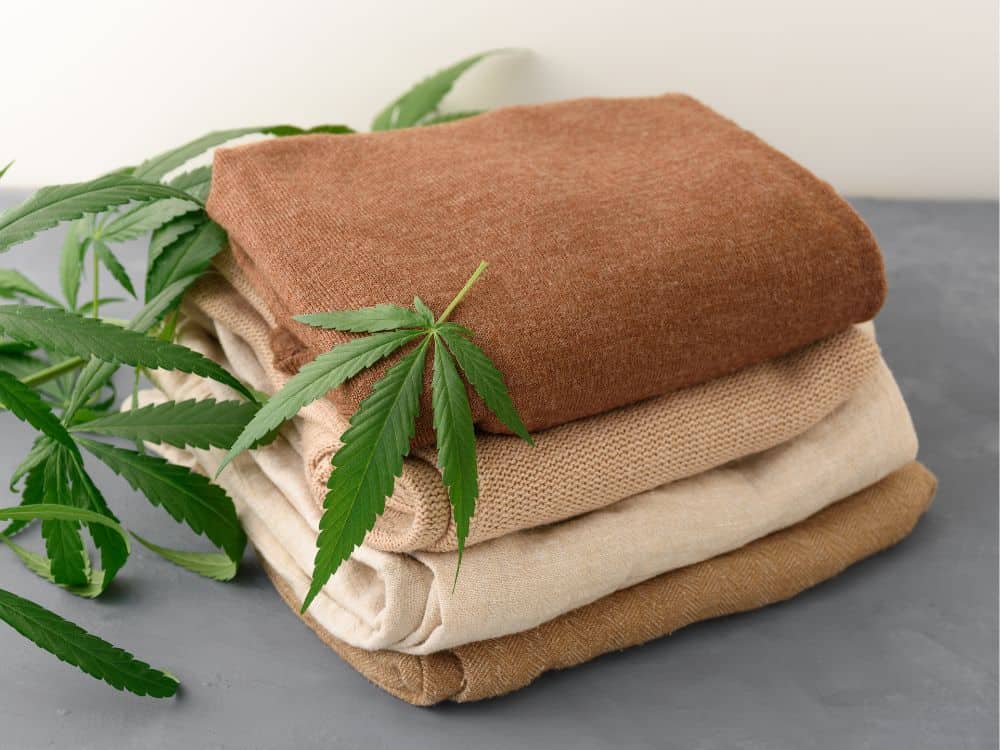Top Advice On Picking Hemp Clothing
Wiki Article
What Do Hemp Compare With Cotton In Terms Of Water Use, Pesticides/Herbicides?
For several reasons, hemp is considered to be a more sustainable plant than cotton when it comes to water usage as well as pesticides and herbicides.
Hemp- Hemp is renowned for its low water requirements compared to many other crops, like cotton. It is considered a drought-tolerant plant that can thrive even with only a small amount of irrigation. Hemp is typically developed using rainwater alone.
CottonThe conventional cotton is known for its heavy water use. Cotton farming requires extensive irrigation that could result in water shortages in the local area and even depletion in areas with water stress. The cultivation of cotton is highly water-intensive, which has raised concerns over its long-term sustainability.
Herbicides and Pesticides-
Hemp- Hemp is naturally resistant to disease and pests, which means that it is less necessity for synthetic herbicides as well as pesticides. Although hemp plants can require only a few pest control methods to maintain their health, the overall dependence of chemical inputs, like cotton, is far smaller than that of other crops. Organic hemp can be grown almost non-pesticide.
Cotton- Conventional cotton farming typically relies heavily on chemical pesticides and herbicides to control weeds and pests. These chemicals have negative effects on the natural environment. This includes water and soil pollution as well as damaging animals that are not targeted and resistance to pesticides.
In conclusion hemp is more sustainable than cotton in terms of pesticides or herbicides, water use and irrigation.
Hemp is a crop that requires less water than other crops. It can also be grown without irrigation or rainfall.
Hemp has natural resistance to a variety of diseases and pests and reduces the need for synthetic pesticides.
Hemp is generally grown with less herbicides and pesticides than traditional cotton.
It is crucial to keep in mind that practices for sustainable agriculture and environmental protection could vary from one region or grower to the next. Organic farming practices also contributes to the sustainable use of hemp as well in cotton, by reducing the amount of synthetic chemicals that are used and improving the health of the soil. In terms of the impacts that textiles and clothing can have on the environment, using organic, sustainably-produced fibers like hemp or Cotton can reduce this footprint. Take a look at the most popular hemp clothes advice for blog recommendations including hemp button shirt, 100 hemp t shirt, hemp coat, patagonia hemp island pants, 100 hemp clothing, organic hemp clothing, hemp mens jeans, hemp polo shirts, hemp pants womens, hemp jeans and more.

How Does Hemp Improve The Carbon Sequestration Process And Sustainably?
Carbon Sequestration Hemp fibers provide many environmental benefits such as sustainability, crop rotation and carbon sequestration.
Hemp has a high growth rate. It matures between 70 to 120 days based on the kind of hemp and the conditions under which it grows. Hemp plants absorb atmospheric carbon dioxide (CO2) during their rapid growth phase as part of their photosynthesis process. Carbon uptake is a significant contribution to carbon sequestration as well as reduces CO2 levels in the air.
Hemp is famous for its prolific production of biomass. The plant's dense and tall foliage generates a large amount of organic material. If the biomass is utilized in the soil for various reasons, it could aid in increasing the amount of organic carbon.
Sustainability:
Hemp requires less synthetic pesticides, herbicides, and herbicides than many other crops such as cotton. Hemp's natural defense against numerous pests & diseases reduces chemical interventions. Organic hemp farming, in particular is a sustainable approach, not using synthetic chemicals at all.
Hemp can be watered with minimal water, unlike water-intensive plants like conventional cotton. This makes it more durable in areas with limited water resources.
Hemp's deep roots are able to improve the soil's health. The deep roots of the plant can reduce runoff by stabilizing soil and improving soil structure. Hemp farming can boost soil microbial activity, thereby improving soil fertility and nutrient cycling.
Hemp can easily be integrated into rotation systems. Crop rotation refers to the process of rotating crops in a field over duration. This method can help break the cycle of pests and diseases as well as reduce soil erosion and improve the soil's structure. The importance of hemp in rotation is important for the sustainable farming.
Crop Rotation
Hemp is also a good addition to crop rotations alongside other crops like vegetables, legumes or grains. This can help farmers maintain soil quality and reduce the chance of diseases, pests and other problems related to crop and help promote a healthy process of nutrition.
Hemp's deep root system can penetrate soil to aerate and reduce compaction. It also increases water infiltration. The better soil structure following a hemp crop benefits the subsequent crop.
In short hemp fibers can improve carbon sequestration, sustainability, and crop rotation practices through their rapid expansion, biomass production, minimal chemical requirements, water efficiency, positive effect on soil health and compatibility with crop rotation systems. Hemp farming is an environmentally sustainable farming practice. The fibers that result are eco-friendly and suitable for use in textiles and other uses. Check out the top rated hemp clothing blog for website advice including t shirt hemp, jeans hemp, hemp button down shirt, hemp tees, hemp jacket, hemp clothing for men, hemp sportswear, hemp fleece fabric, hemp sweater, patagonia hemp vest and more.

What is the difference in bamboo and hemp fibers?
Two distinct fibers, bamboo and hemp, are used for the production of textiles. Each one has its own characteristics and distinct characteristics. These are the major distinctions between hemp and bamboo fibers. Plant Source-
Hemp fibers come from the bast fibers that are located in the stalks. Hemp is adaptable, quick-growing and has been used in the production of different products for centuries.
Bamboo fibers are produced from bamboo pulp. Bamboo is known as grass species that has rapid growth as well as for its ability to regenerate quickly.
2. Fiber Characteristics
Hemp Fibers- Hemp's fibers are highly durable and strong. They are the most durable of all natural fibers. Each time they wash them, they soften up and more flexible, making them ideal for clothing that lasts a long duration.
Bamboo- Bamboo fibres are soft and silky, with a silky smooth texture. They're not as durable as hemp fibers and can be more fragile, however they are prized for their suppleness against skin.
3. Texture & Feel
Hemp Fabric- Hemp is a material that has a texture and coarser feel in its original state. It is a comfortable fabric however it has a different texture compared to bamboo.
Bamboo- Bamboo fabric is soft, silky and incredibly soft. It is often compared with the combination of silk and twill. This makes it very comfy.
4. Breathability is crucial, as well as moisture-wicking.
Hemp- Hemp fabrics are naturally moisture-wicking. This enables more air circulation, and they also absorb water. They keep you cool and dry in hot temperatures.
Bamboo Fibers- Bamboo fibres have the highest amount of breathability as well as moisture wicking. Micro-gaps in the fabric enhance the ability of bamboo to regulate temperature and moisture which allows you to remain at ease in all conditions.
5. Environmental Impact-
Hemp Hemp is considered an eco friendly fiber, due to its rapid growth, its low need for water as well as its resistance to insect bites, which makes it less important to apply pesticides. Hemp can also absorb carbon dioxide from the air as it grows.
Bamboo- Bamboo is famous for its environmental sustainability. It grows rapidly, requires minimal water, and can be grown without chemical herbicides or pesticides. Moso is among the most sustainable bamboo species.
6. Processing-
Hemp- Hemp fibres need extensive processing to separate inner bast fibers from the inner woody core. Processing can include retting and decortication, in addition to mechanical separation.
Bamboo The bamboo fibers are extracted using a chemical known as the viscose, or rayon process. This involves the use of chemical substances to degrade the bamboo fiber. Closed-loop systems can be used to minimize the amount of chemical waste that is produced in certain bamboo textiles.
7. Versatility-
Hemp- Hemp is versatile, with many uses including building materials, clothing, textiles.
Bamboo- Bamboo fibres are used mostly in textiles and clothing however, they can be found in other items like bedding and towels.
In summary Both bamboo and hemp offer unique qualities and sustainability benefits. The decision between them is based on the specific characteristics and characteristics you want in a textile product and your preferences for the environment. Check out the top rated bamboo clothing for more tips including bamboo material clothing, bamboo cotton pajamas, bamboo yoga wear, bamboo mens shirts, carter's bamboo pajamas, bamboo sweatshirt, bamboo sweatpants, bamboo material clothing, dixxon bamboo shirt, clothes made from bamboo and more.
